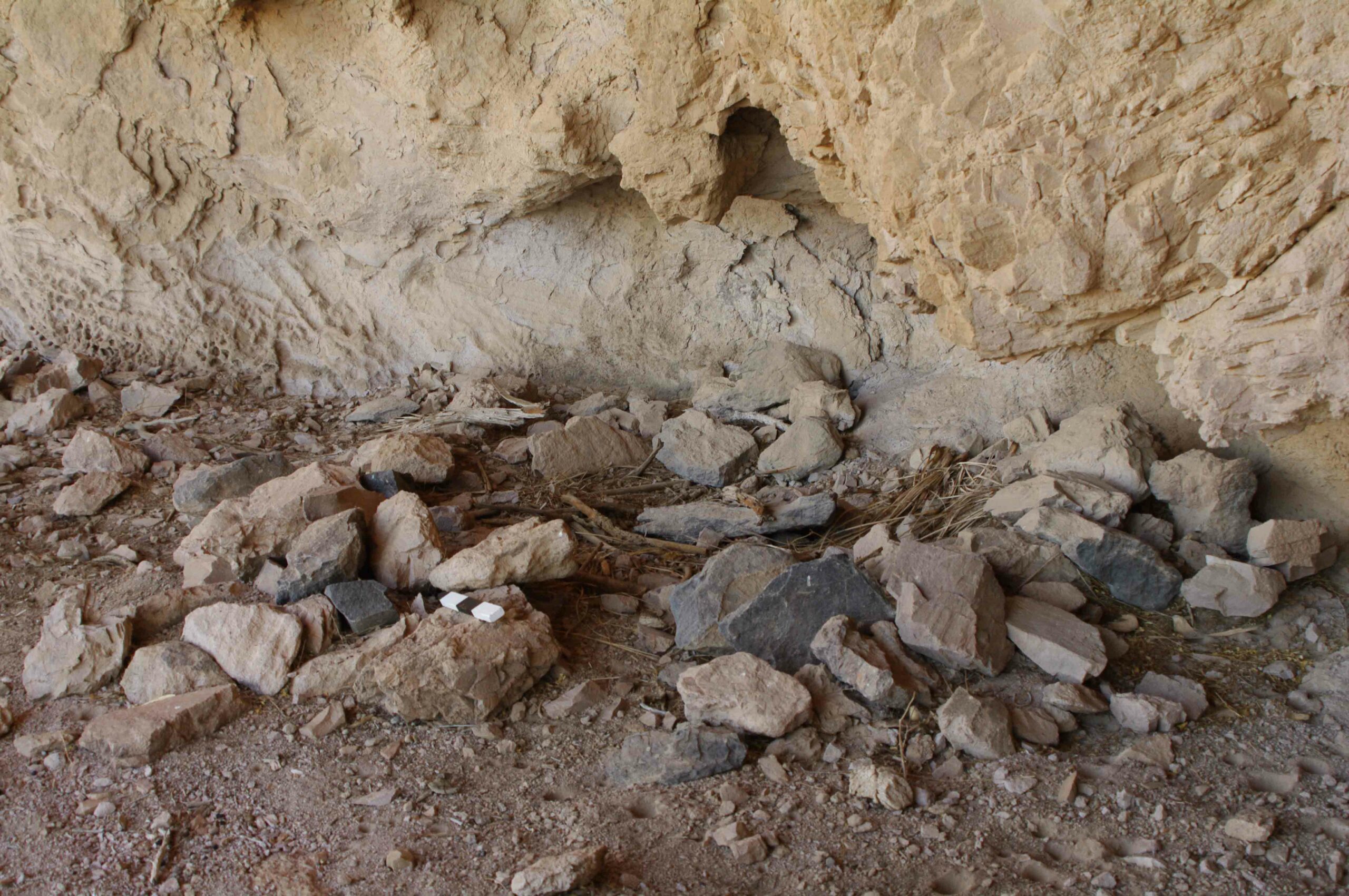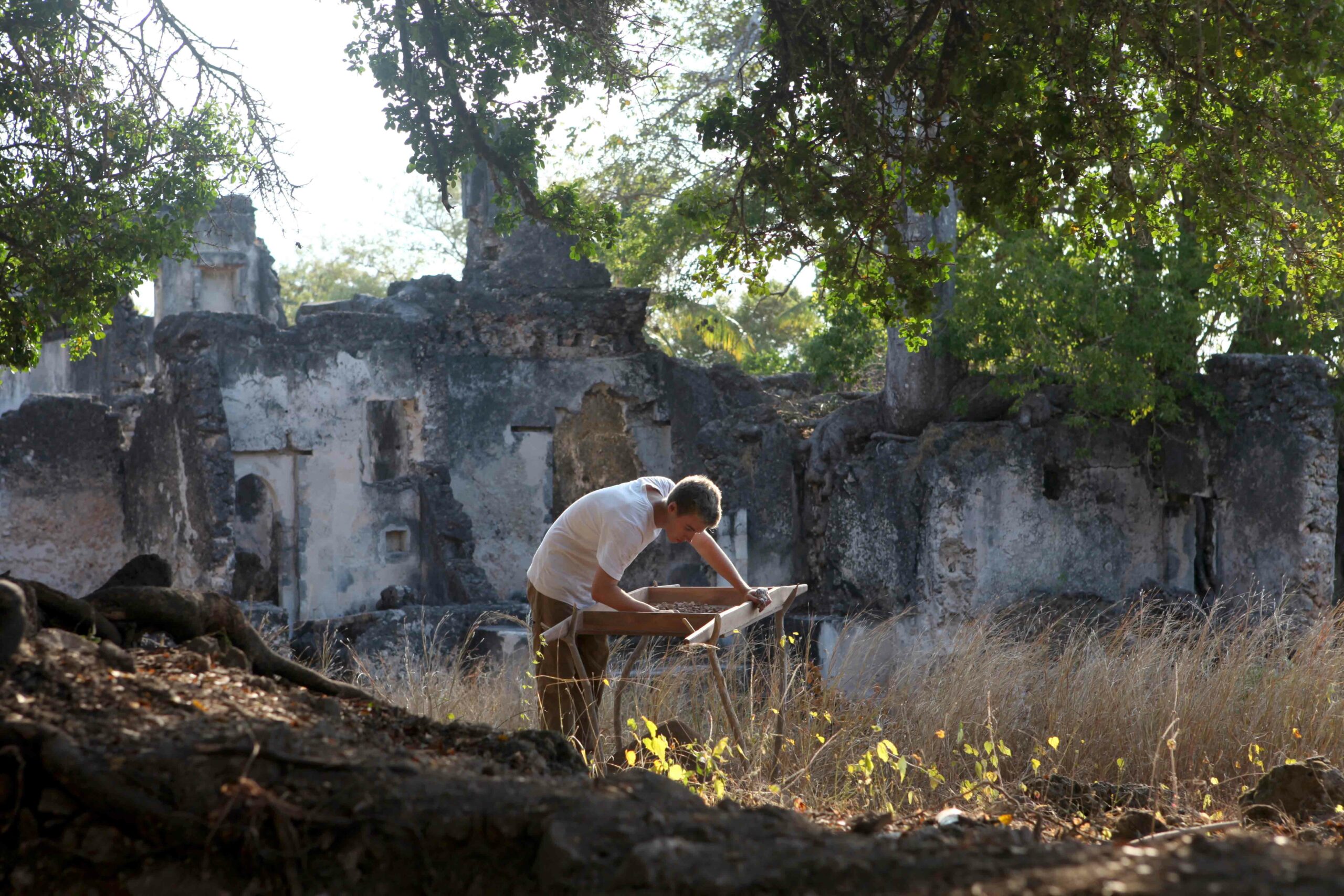
According to conventional wisdom, the ancestors of today’s Apache tribes migrated to the American Southwest sometime after the Spanish initially explored the area in the sixteenth century. But now archaeologist Deni J. Seymour of the Jornada Research Institute has dated previously overlooked storage platforms left by these nomadic people in rock shelters, and found that the people first arrived in the Southwest at least 200 years earlier than originally thought. Consisting of bases made of branches, surrounded by rocks and packed with grass or yucca leaves, these platforms were probably for long-term storage of hides filled with meat and nuts. The early dates of many of the platforms suggest that the people who became the Apache appeared in the region at the same time that communities of settled Pueblo farmers were wracked by violence. “Instead of thinking about the Southwest as a world of sedentary farmers, we should think about these Pueblo communities existing in a sea of nomadic peoples,” says Seymour.










